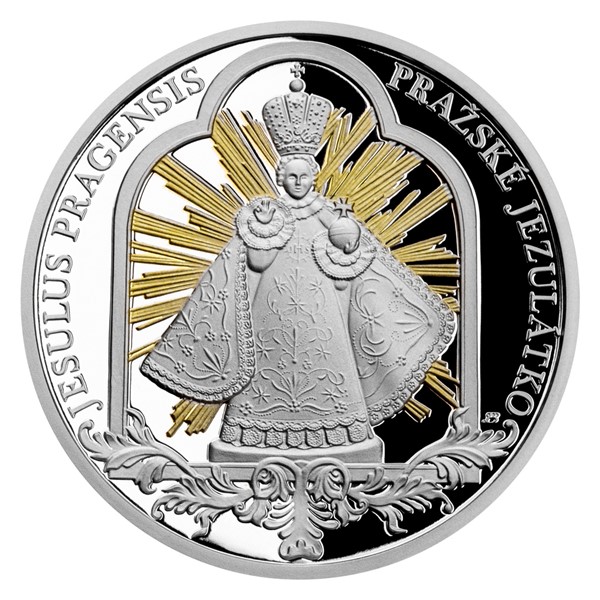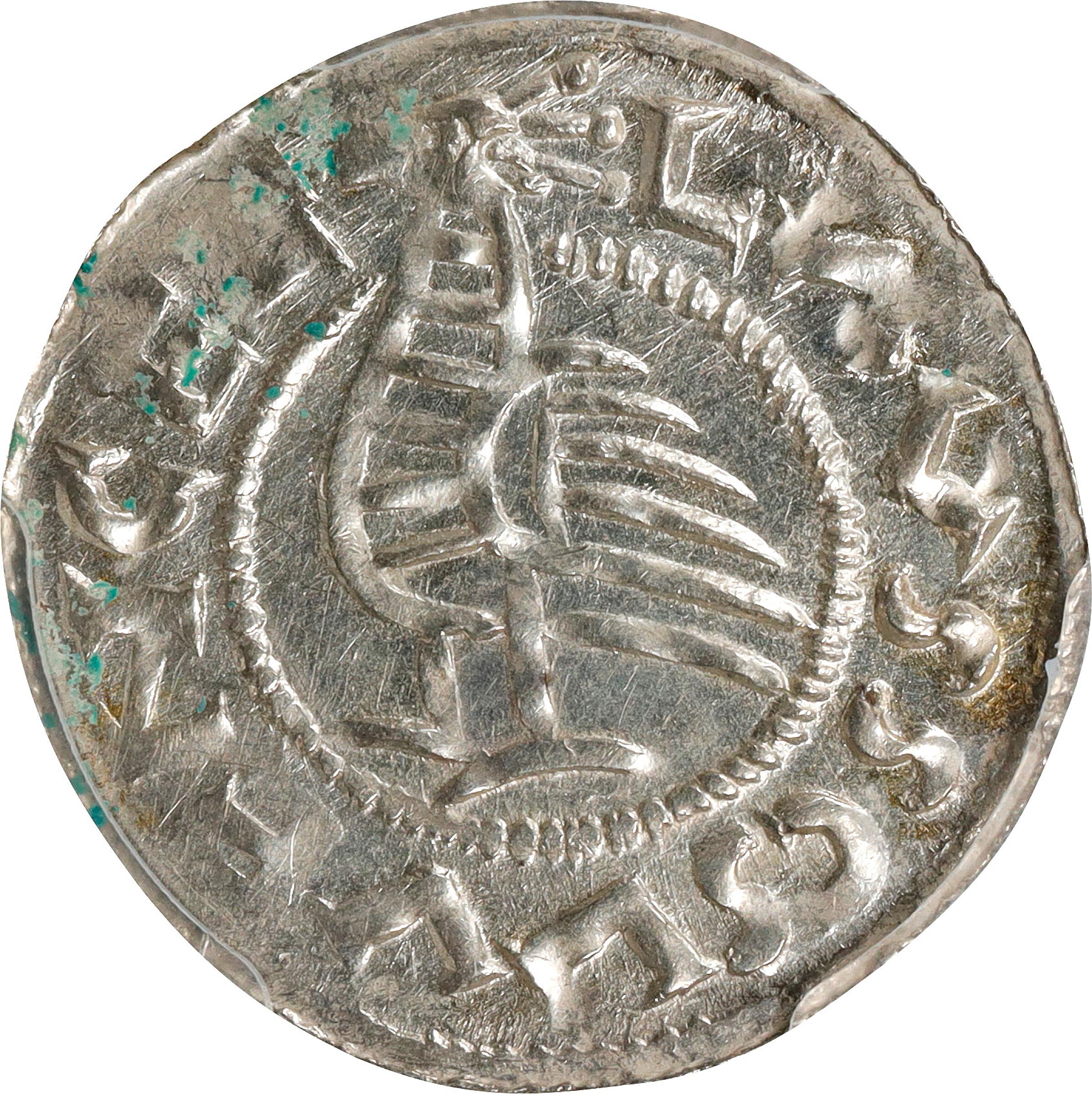Best Ideas On Sandblasting Czechoslovakia Coins
Wiki Article
How Do Artists Create And Sketch Gold Medals And Coins?
Artists employ various techniques to create sketches and designs for gold coins or medals, adapting traditional methods or utilizing digital tools for visualizationHand-Drawn Sketches
Pencil or Pen SketchesArtists usually begin with sketches that are sketched out using pencils or pens on paper. These sketches aid in conceptualizing the design and layout of the coin or medal.
Detailed rendering- The artist refines initial sketches with the addition of details, contours, and adjusting the composition overall. This could require several attempts to achieve the desired appearance.
Inking and Tracing. After the pencil sketch is completed then the artist can trace or draw ink over the design. This will give a more defined outline. For this step it is normal to trace the pencil sketch on a different sheet or use tracing paper.
Adding Depth and Shading- Artists may use shading techniques to give depth and dimension to the design, creating a sense of authenticity or emphasising specific elements of the coin the medal's design.
Digital Design Creation
Graphic Design Software- Artists adept in digital design employ programs like Adobe Illustrator, Photoshop, or specialized 3D modeling programs. They use digital tools to ensure precision, scale and manipulation in order to create the design of the medal or coin.
Vector GraphicsDigital design is usually made using vector graphics. Scalability is possible without sacrificing quality. The design can then be resized to fit different coin sizes, without losing the clarity.
3D Modelling - Artists who have advanced skills can use 3D modeling software in order to imagine the design of a medal or coin in three dimensions. This gives an image that is more realistic and aids in understanding what the final appearance will be of the design.
Visualization: Artists are able to render their digital designs to recreate the way a medal or coin will look like when they are finished. They can apply different designs, effects or even textures.
Both hand-drawn and digital designs require a keen eye for details, artistic skills and a solid understanding of the technical constraints as well as the specifications and requirements for minting coins and medals. Artists are able to choose which preferred method depending on their individual experience, their knowledge of customers, or on the aesthetics desired for the final product. Take a look at the most popular drawing Czechoslovakia gold coins site recommendations. including price of 5 dollar gold coin, medal gold medal, bullion gold bars for sale, gold coins near me, buy gold bullion, price for one ounce of gold, double eagle coin, coin 1, gold coin store near me, 1 oz gold eagle and more.

Why Is Vacuum Hardening Used On Dies That Are Used To Make Gold Coins Or Medals?
The process of forming dies that are used to strike gold coins and medals is accomplished by exposing them to extreme temperatures in controlled conditions in a chamber. Here's an overview of the vacuum hardening process for dies Preparation and Cleaning.
When creating dies to be used to strike metals or coins, it's important that they are free of any residues or contaminants.
Loading Vacuum Furnace
Die dies are then put inside a specific heat-treating room that creates a vacuum.
Evacuation Air
The vacuum oven eliminates all air from the room and creates a safe environment without oxygen and other gases. This stops oxidation, and also ensures a uniform heat treatment.
Heating Phase
The furnace is heated up to the required temperature to solidify the dies. The temperature will depend on the material being used and the method by which it will be shaped.
Soaking in High Temperatures
The dies have to be kept at a high temperature for a specific period of time in order for the material to achieve and maintain its desired level of hardness.
Cooling or cooling down
Using specialized methods using specialized techniques, dies are swiftly cooling down or being quenched following the soak process. The rapid cooling process is able to lock in the desired hardness and strength of the steel.
Tempering (Optional)Tempering (Optional)
In certain instances, a tempering step occurs after the hardening stage. Die dies are heated to a lower heat to lessen internal stress and improve the toughness of the die, while preserving its hardness.
Quality Control and Inspection
To make sure they meet the standards for hardness and strength Die dies that have been hardened go through an extensive inspection and quality test.
Post-Treatment Handling-
After the process of vacuum hardening is finished, the dies may undergo further procedures like polishing or coating before being used for the coin or medal striking process.
The process of hardening by vacuum increases the strength, wear resistance and longevity of dies used for striking gold medals or coins. The process of hardening by vacuum is an efficient and reliable method to harden dies in a controlled and safe environment free of contaminants. Follow the best vacuum hardening Czechoslovakia gold medals blog tips including sd bullion gold, coin gold silver, silver nickel, price of gold 1 oz today, golden dime, 5 cent piece, 2000 gold dollar, sell gold and silver near me, gold buffalo, oz gold bars and more.

How And Why Are Gold Blanks Of Superior Quality Weighed And Measured Prior To The Process Of Minting Begins?
This procedure is used to produce gold coins and medals of top quality. The preparation process for gold blanks will be explained below. The refinement process is generally to ensure it meets the standards of purity for coinage.
Gold Blanks Production- Gold is transformed into blanks by a method called blanking, or cutting blanks. Blanking is the process of cutting coins-sized discs or planchets out of the gold using special machinery or stamping processes.
Precision Measuring and Weighing
Weighing - Each of the blanks will be weighed separately to ensure that it meets the weight requirements for the medal or coin. This process guarantees that every piece contains the exact amount gold that is required for the denomination.
Measuring- The diameter, thickness, as well as the overall dimension of each blank are measured using precision instruments to ensure uniformity and adherence to the design specifications.
Inspection and Quality Control
Visual Inspection - Each piece is examined visually to find imperfections in the surface, or any irregularities that may impact the final product.
Rejecting Nonconforming Sheets – To ensure consistency, blanks that do meet the required standards in terms of weight, dimensions or quality are rejected.
The Reasons For Preparation
Consistency throughout the Minting Process- Accurately weighted and measured blanks made of metal are employed to ensure uniformity. Dimensions and weight are uniform and result in a uniform strike of coins and medals.
Accurate Weight of Gold - Each blank is precisely weighted, which ensures accuracy in the purity and value.
Prevention of Variations Uniform blanks are designed to prevent any variations in weight or size that could affect the coin's or medal's value legality, usability, or legitimacy for commerce or circulation.
Quality Assurance – Strict quality control of blanks during preparation will ensure that only high-quality blanks and free of imperfections are used during the minting process. This reduces the chances that flaws will be present in the finished product.
Legal Compliance - The coins are designed to be circulated or as commemorative. They must comply with legal requirements in addition to the specifications and standards set by mints and regulators.
Preparing high-quality blanks with accuracy and consistency is a crucial part of the process of minting. This ensures the creation of accurate gold coins and medals that are top in value and complies with the law. Take a look at the top gold blanks for Prague Mint gold coins more examples including twenty dollar coin, cost of a gold bullion bar, 1 oz gold bars, one oz of gold, american buffalo coin, michael phelps medal, 1 oz gold eagle, coin gold bullion, gold bullion price, sd bullion gold and more.

How Do Gold Coins And Medals Acquire Their Antique Or Vintage Appearance?
This is the way it's done. Here's how and why this is accomplished. Processes for creating an Antique Appearance
Chemical Patination: Chemical processes that use acids or a patina-inducing solution apply to the surface. These solutions may result in controlled tones or oxidation that gives an appearance of age or antique. This process can enhance details and add depth to the design.
Artificial Aging. Both mechanical and chemical methods are employed to replicate natural oxidation. Tools or treatments that are abrasive can be employed to make scratched or worn areas on coins.
Toning or staining- The surface is toned or stained using the use of heat or special solutions. This method can replicate the discoloration and toning that is natural over time.
Polishing, Buffing and Buffing Techniques Specific areas can be selected for a specific buffing process to remove highlights on the surface or layers. This creates an appearance of contrast and gives the appearance that wear has occurred.
Reasons for Creating an Antique Appearance
Aesthetic Appeal- Some collectors or even enthusiasts like the appearance of medals or coins that have an antique appearance to enhance their visual appeal. The aged look gives the design character, depth, uniqueness, and makes it visually appealing.
Historic or Commemorative Significance Coins and Medals that commemorate historical periods or events may undergo aging processes in order to resemble coins from that era or evoke an authentic sense of history.
Collectors are more covetedCollectors of rare or limited-edition objects are drawn to antique coins and medals. The worn look can increase their value and appeal.
Highlighting Details - The effects of ageing can reveal the finer details in designs. By introducing contrasts between the receded and raised areas, design elements become more noticeable and apparent.
Artistry Minting authorities and artists can employ techniques of aging to add depth, stories, or symbols.
Creating an antique appearance on gold medals or coins is a deliberate artistic choice that may evoke memories and add visual interest or convey a sense historical significance. It's crucial to protect the authenticity of the item and its intrinsic value while maintaining an aesthetic appearance. Have a look at the top antique finish of Prague Mint gold coins blog examples. including order gold coins, gold medal of olympic, gold silver dealers, hidilyn diaz, 1 0z gold, 50 pesos gold coin, coins and gold, chinese coins, congressional gold medal, five dollar gold coin and more.
